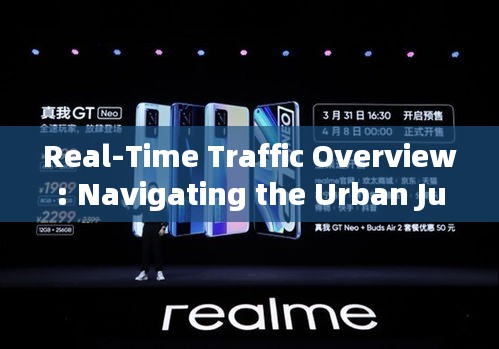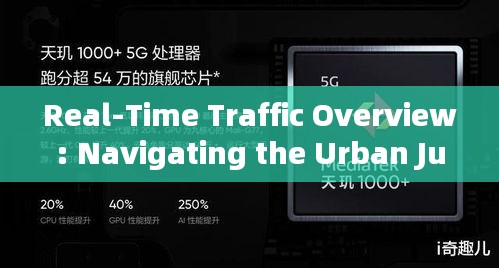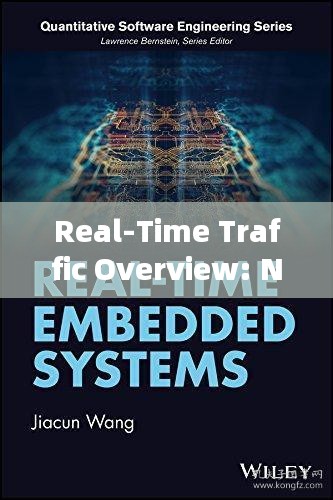Real-Time Traffic Overview: Navigating the Urban Jungle
In today's fast-paced world, efficient transportation is crucial for maintaining productivity and reducing stress. Real-time traffic information has become an essential tool for drivers, commuters, and urban planners alike. This article provides an overview of real-time traffic systems, their benefits, and how they are revolutionizing the way we navigate our cities.
What is Real-Time Traffic Information?
Real-time traffic information refers to the data that is continuously updated to reflect the current state of traffic flow on roads, highways, and public transportation systems. This information is typically gathered through a combination of sensors, cameras, and data analytics, and is made available to the public through various platforms such as mobile apps, websites, and in-car navigation systems.
How Real-Time Traffic Information is Gathered
sensor-based Systems
One of the primary methods for collecting real-time traffic data is through the use of sensors. These sensors are placed at strategic locations along roadways and can detect a variety of factors, including vehicle speed, traffic volume, and congestion levels. Some common types of sensors include:
- Radar Sensors: These sensors use radio waves to detect the presence and speed of vehicles.
- Infrared Sensors: These sensors emit infrared light and measure the reflection to determine vehicle speed and direction.
- Loop Detectors: These are devices placed in the road that detect changes in magnetic fields caused by vehicles passing over them.
Camera-Based Systems
Another key source of real-time traffic data is through the use of cameras. These cameras are strategically placed along roads and intersections to capture images that can be analyzed to determine traffic patterns and incidents. Advanced image recognition technology can identify vehicles, their types, and even their speeds.
Data Analytics
Data analytics plays a crucial role in processing and interpreting the vast amounts of data collected from sensors and cameras. By using algorithms and machine learning techniques, data analysts can identify patterns, predict traffic trends, and provide accurate and timely information to users.
Benefits of Real-Time Traffic Information
Improved Commuting
For drivers and commuters, real-time traffic information offers several benefits:
- Reduced Travel Time: By providing up-to-date traffic conditions, drivers can choose the fastest routes, avoiding congestion and delays.
- Enhanced Safety: Real-time information helps drivers make informed decisions, reducing the risk of accidents caused by sudden stops or lane changes.
- Better Planning: Commuters can plan their journeys more effectively, choosing the best time to travel or alternative routes.
Optimized Traffic Management
For urban planners and traffic management authorities, real-time traffic information is invaluable:
- Efficient Resource Allocation: By understanding traffic patterns, authorities can allocate resources more effectively, such as adjusting traffic signal timing or deploying additional police officers during peak hours.
- Emergency Response: Real-time data can help emergency services respond more quickly to incidents, reducing response times and potential damage.
Environmental Impact
Real-time traffic information also contributes to environmental sustainability:
- Reduced Emissions: By minimizing congestion, real-time traffic data helps reduce idling times and, consequently, vehicle emissions.
- Encouragement of Public Transportation: Real-time information can encourage the use of public transportation by providing accurate schedules and route information.
Challenges and Future Developments
While real-time traffic information offers numerous benefits, there are challenges to be addressed:
- Data Privacy: The collection and use of personal data raise privacy concerns, and it is essential to ensure that data is handled responsibly.
- Reliability: Ensuring the accuracy and reliability of real-time data is crucial, as incorrect information can lead to poor decision-making.
Looking ahead, several future developments are expected:
- Integration with Autonomous Vehicles: As autonomous vehicles become more prevalent, real-time traffic information will be essential for their safe and efficient operation.
- Enhanced AI Capabilities: The use of advanced artificial intelligence will further improve the accuracy and predictive capabilities of real-time traffic systems.
In conclusion, real-time traffic information is a powerful tool that is transforming the way we navigate our cities. By providing accurate, up-to-date data, it helps improve commuting, optimize traffic management, and contribute to environmental sustainability. As technology continues to evolve, the future of real-time traffic information looks promising, offering even more benefits to drivers, commuters, and urban planners alike.
Decoding the Language of Real-Time Technology: An Overview of Common English Abbreviations
The Rise of Real-Time Subtitles in English Movies: Bridging the Language Gap
The Thrill of Live Sports Coverage: How Technology Brings the Athletics Meet to Your Living Room
Understanding Real-Time Optimization: What It Means and Its Implications
The Power of Real-Time English News Translation
The Power of Real-Time Translation in招商 Meetings
The Importance and Impact of Real-Time Currency Exchange Rates














 鄂ICP备19026574号-1
鄂ICP备19026574号-1